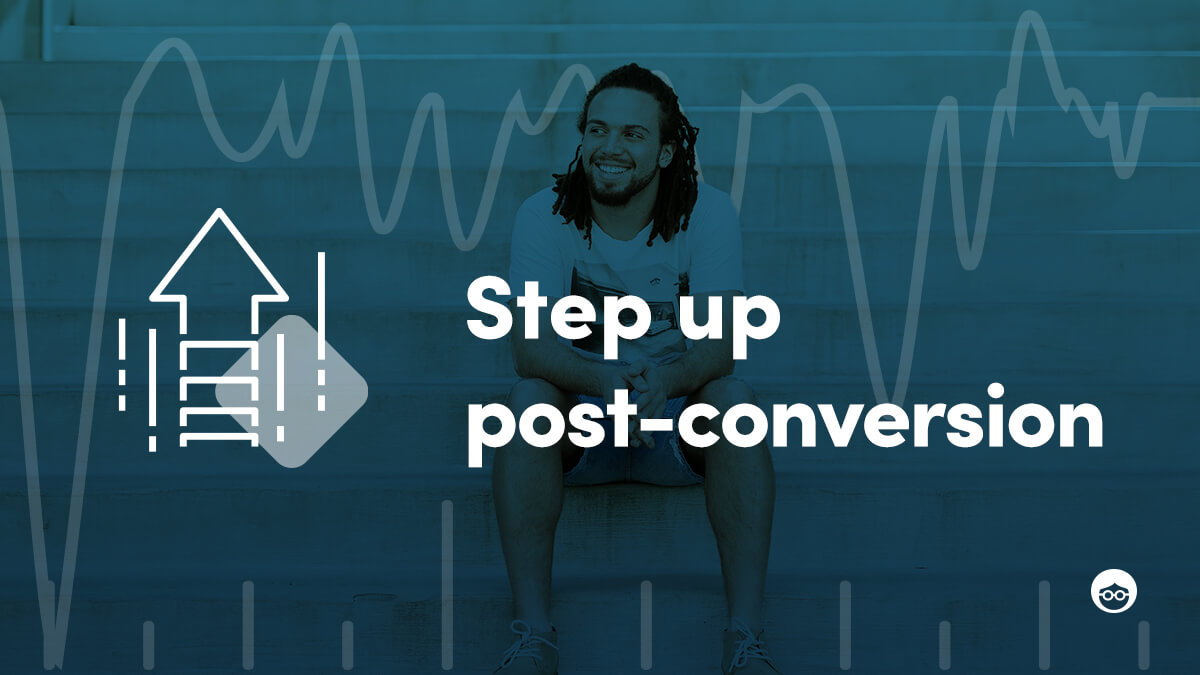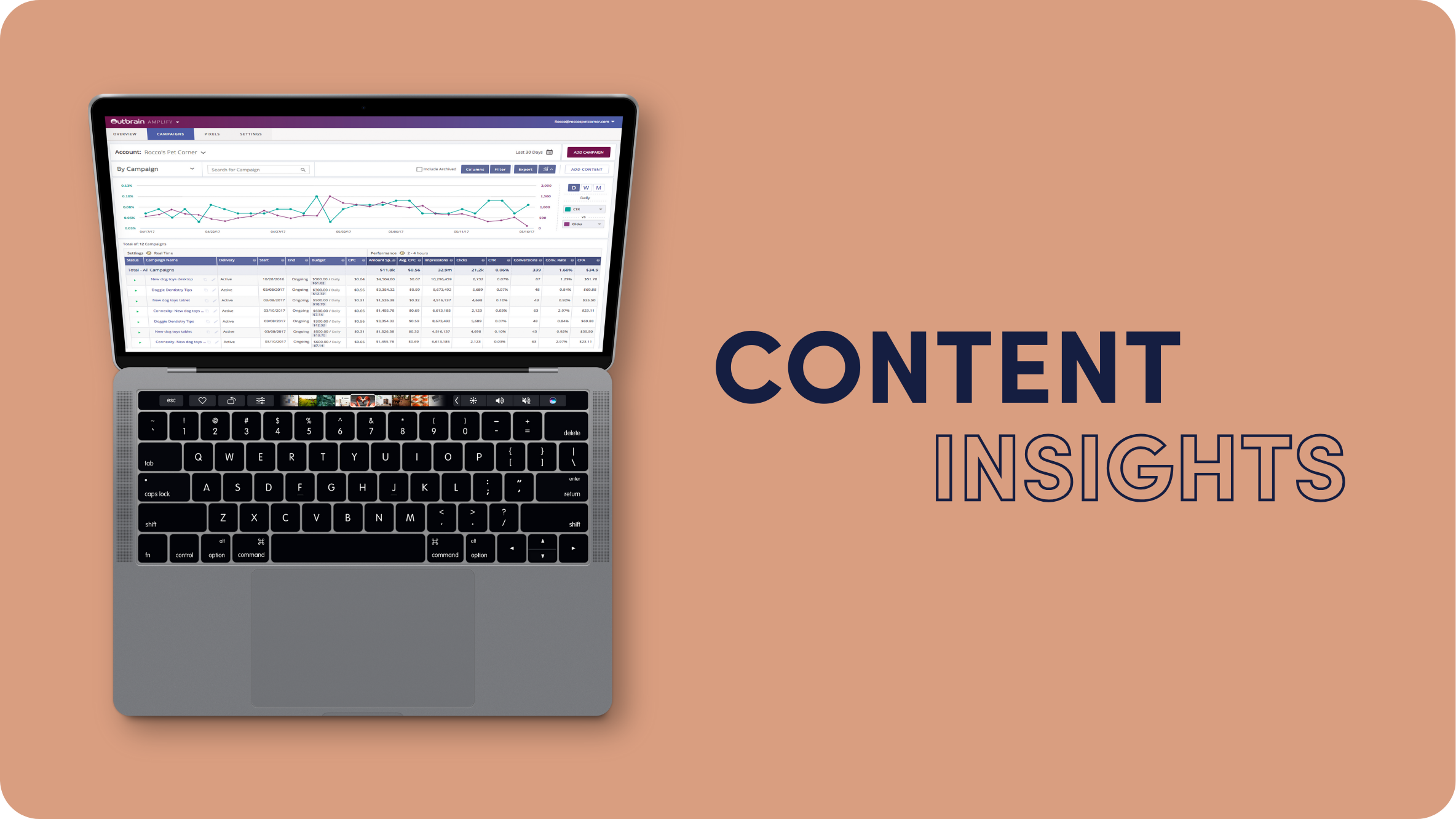Why Marketers Should Stop Neglecting the Post-Purchase Phase of the Customer Funnel

Recently, I bought a new mobile phone.
My customer journey was fairly standard. I researched different devices, watched some product videos for each model, read a ton of reviews, and compared prices. Throughout the funnel, I was naturally the target of some pretty aggressive remarketing from the various sites I visited. In most cases, I was constantly shown the mobile phone models I had previously clicked on.
After a while, I finally made my decision and bought a phone. But as soon as I hit the “Order” button, I noticed something interesting started to happen to me.
How customers feel after they convert
First, I was filled with a strong sense of FOMO. Did I make the right decision? Did I buy at the best price?
Second, the type of ads I saw when I was being remarketed didn’t really change. Some sites just stopped targeting me altogether, and worse, others continued to offer me the mobile phone I had already purchased, at an even more expensive price, or other mobile phone models that were simply irrelevant to me.
In the world of psychology, there’s a name for this FOMO feeling, and it’s called “cognitive dissonance”. Every person looks for ways to intellectualize their decisions and find evidence that their action is right. This is a natural human tendency and that’s what I was feeling when I started to ask myself if I’d made the right decision, after I’d already clicked “Buy” and the purchase was complete.
Existing customers need attention too
Every marketer – even beginners – know that acquiring a new customer costs 6X more than retaining an existing one. And yet, the post-purchase phase of the marketing funnel is exactly the one that advertisers tend to ignore.
Marketers love to measure acquisition because it’s relatively easy to do and can often bring quick successes. But it’s expensive, and it won’t maximize your marketing ROI across various media channels. Properly managing the touchpoints with existing customers is the way to keep them happy and get them to come back as repeat customers, again and again. That’s where a ton of great revenues come from, and the good news – it costs almost nothing to achieve.
This form of post-conversion marketing has many names, but I like to refer to is as “Decision Making Content Marketing”.
Why content marketing is critical AFTER the conversion
The best time to communicate with the customer about their excellent choice and to reinforce their sense of having made the right decision is precisely after the conversion/purchase/app install. This is the time to calm the customer’s fears and their tendency to second-guess themselves. With the help of decision-making content, you can give them all the assurance they need, especially when it comes to a high-cost or high-engagement product.
For example, if a customer has scheduled a test drive of a specific car model, flood them with content about test results and reviews that show the car’s amazing features and performance before the big day. If a customer has chosen to invest with a particular investment house, then offer a download of a financial statement of the last quarter’s returns to ease any nagging concerns, and so on.
How to boost customer retention with content
Decision-making content is relevant for all kinds of touchpoints after the customer converted. Say a potential customer submitted their details as a lead? Provide them with content that will “warm” them up prior to the phone call with the sales agent. What’s more, you don’t have to invest in costly media space for this content: in most cases, when a customer has taken an action, they are shown a “thank you” page. This generic page can easily be customized as a platform to offer more content after the purchase, to deepen their knowledge, and to strengthen their choice of the product or brand.
Using a decision-strengthening marketing tactic will help boost rates of closing (ie. from lead to scheduled meeting, from sales meeting to sale, etc.), contribute to an increase in retention rate, and ultimately to an increase in the LTV of the client. Between you and me, it’s not that hard to measure the success – simply create a control group that will not receive decision-making content after the purchase, and compare with the stats from a group that is exposed to this kind of content, and you will see a lift in closing rates among the second group. You will soon discover that this extra “touch” of content can be decisive in terms of sales and customer satisfaction rates.
So to sum up, make sure that data of users who took an action/converted/purchased is not just for the benefit of EXCLUDE for retargeting or LOOKALIKE for new acquisitions, but will also be used to foster positive customer relationships with existing customers, strengthen their choice in your brand, and turn them into repeat customers for a long time to come.











